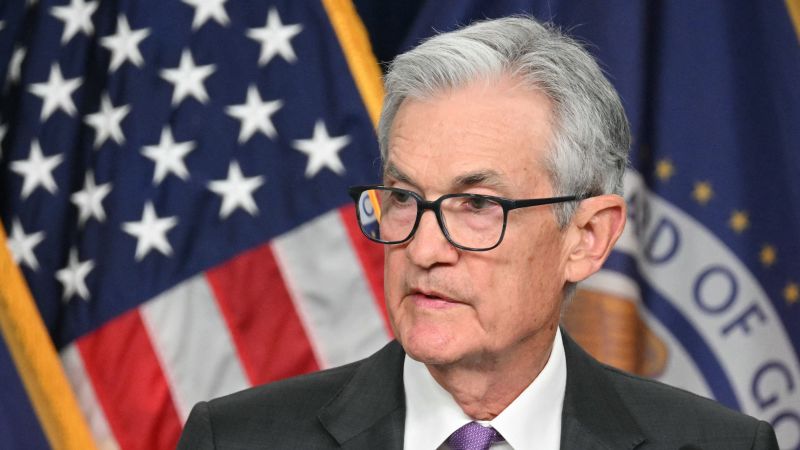The US economy has been experiencing steady growth over the past few years, but a recent gross domestic product (GDP) report showing a slower growth rate of 1.6% in the first quarter of this year has raised concerns about inflation. The latest data shows inflation is rising and moving further away from the Federal Reserve’s 2% target, with economists predicting that new inflation data will confirm this trend. The report also indicated a significant increase in prices, known as stagflation – a worrying sign for central bankers.
While one GDP report may not be indicative of a trend, the data is subject to revision and could show that the economy is not slowing down as much as initially thought. Despite this, the US is in a better position compared to other countries facing high inflation rates and low GDP growth. The current economic conditions have led to a selloff in the US stock market, signaling concerns for investors and the Federal Reserve.
Historically, low rates of unemployment have helped to offset the negative impact of high inflation, as people have more income to afford price increases. However, there are worries of a potential repeat of the 1970s stagflation period, where rising oil prices led to a sharp increase in the cost of living. JPMorgan Chase CEO Jamie Dimon has expressed concerns about the similarities between the current economic situation and that of the 1970s, warning of potential risks to the economy.
Despite some parallels to the 1970s, many economists believe that the US is not facing the same level of crisis as back then, with inflation rates still below historical highs. However, there is a growing consensus among experts that the Goldilocks economy – characterized by low inflation and solid GDP growth – may be coming to an end. The recent GDP report has raised doubts about the sustainability of this economic model, leading to concerns among investors and analysts about the future direction of the US economy.
In conclusion, the latest GDP report pointing to slower growth and rising inflation has raised concerns about stagflation in the US economy. While there are parallels to the 1970s, experts believe that the situation is not as dire as it was back then. However, there is a growing sense that the days of a perfect balance between inflation and GDP growth may be coming to an end, prompting investors and policymakers to reassess their strategies. The US economy’s ability to navigate these challenges will be crucial in determining its future trajectory and overall stability.













